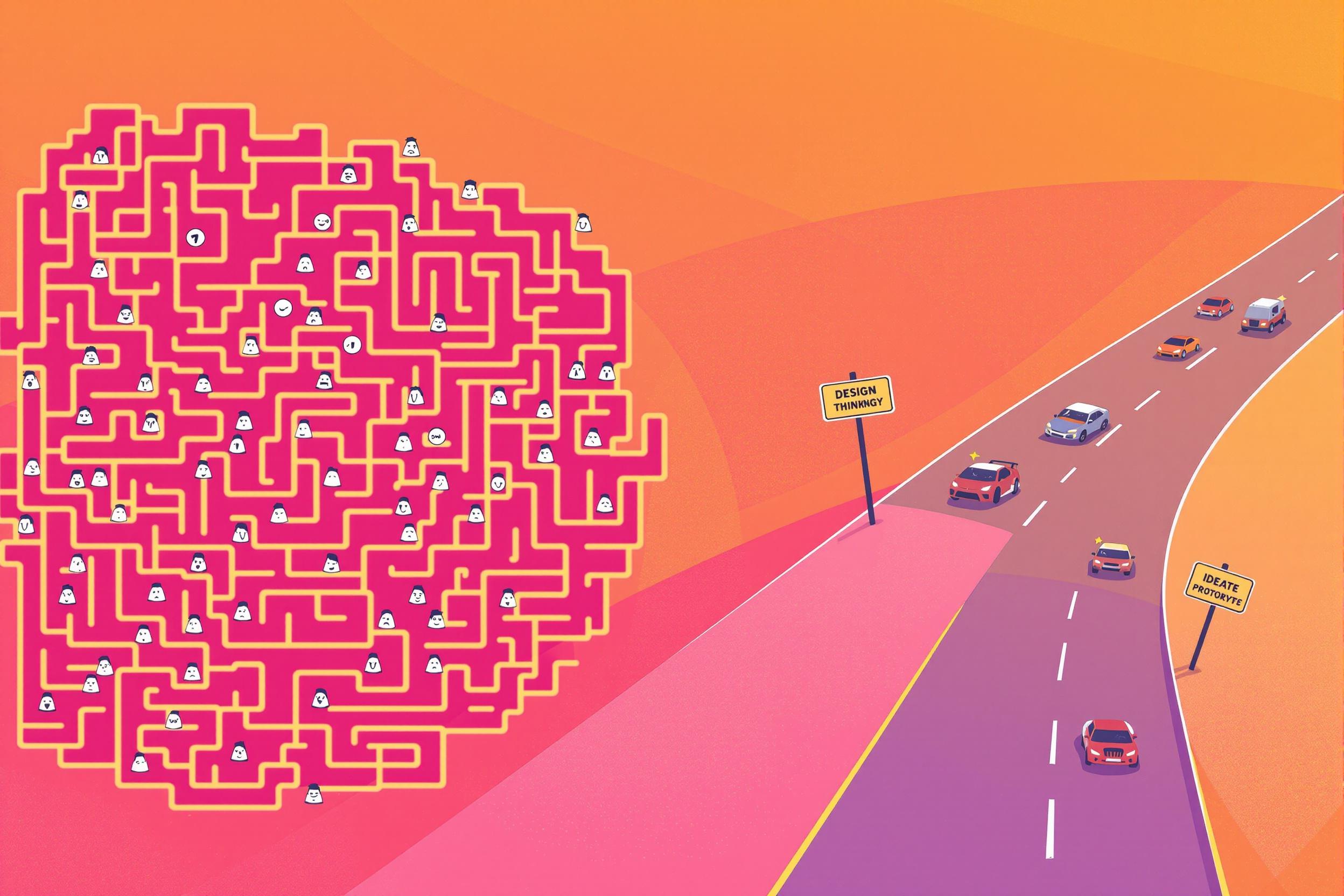
Cradle-to-Cradle
Cradle-to-Cradle is a sustainable design approach where products are created to be fully reusable or recyclable, leaving no waste. Think of it like a continuous loop: instead of things going from creation to trash (cradle-to-grave), products are designed so their materials can be used again and again. It's similar to how nature works - where nothing goes to waste. When candidates mention this term, they're showing they understand modern sustainability practices. You might also see it written as "C2C" or "circular design."
Examples in Resumes
Implemented Cradle-to-Cradle principles in packaging design, reducing waste by 75%
Led team in achieving C2C certification for product line
Redesigned manufacturing process using Cradle-to-Cradle methodology
Managed Cradle to Cradle certified material sourcing for construction projects
Typical job title: "Sustainability Specialists"
Also try searching for:
Where to Find Sustainability Specialists
Professional Organizations
Online Communities
Job Boards
Example Interview Questions
Senior Level Questions
Q: How would you implement a Cradle-to-Cradle strategy in a company that currently uses traditional linear production methods?
Expected Answer: Look for answers that show experience in change management, understanding of both business and environmental impacts, and ability to create practical implementation plans. They should mention material assessment, supplier engagement, and measuring success.
Q: What challenges have you faced in implementing Cradle-to-Cradle principles, and how did you overcome them?
Expected Answer: Strong answers should include real examples of managing costs, getting stakeholder buy-in, finding suitable materials, and measuring success. They should demonstrate problem-solving and leadership skills.
Mid Level Questions
Q: Explain the difference between technical and biological cycles in Cradle-to-Cradle design.
Expected Answer: They should explain that biological cycles involve materials that can safely return to nature (like biodegradable packaging), while technical cycles involve materials that stay in industrial loops (like recyclable metals).
Q: What experience do you have with Cradle-to-Cradle certification processes?
Expected Answer: Look for familiarity with certification levels, documentation requirements, and experience working with certification bodies or preparing materials for certification.
Junior Level Questions
Q: What is Cradle-to-Cradle and why is it important?
Expected Answer: They should explain the basic concept of designing products for continuous reuse, eliminating waste, and how it differs from traditional recycling. Should show enthusiasm for sustainability.
Q: Can you give an example of a Cradle-to-Cradle product?
Expected Answer: Look for ability to identify real-world examples, such as fully recyclable packaging, biodegradable products, or modular electronics designed for easy disassembly and reuse.
Experience Level Indicators
Junior (0-2 years)
- Basic understanding of sustainability principles
- Knowledge of recycling processes
- Familiarity with certification standards
- Basic material assessment skills
Mid (2-5 years)
- Project management in sustainability initiatives
- Understanding of material chemistry and safety
- Experience with certification processes
- Supplier assessment and engagement
Senior (5+ years)
- Strategic sustainability planning
- Implementation of company-wide programs
- Stakeholder management
- Budget management for sustainability initiatives
Red Flags to Watch For
- No understanding of basic sustainability principles
- Confusion between regular recycling and Cradle-to-Cradle concepts
- Lack of knowledge about certification processes
- No experience with material assessment or supply chain management
Related Terms
Need more hiring wisdom? Check these out...

Beyond the Resume: Cultivating a "Hire for Potential" Mindset in Management

From Farewells to Future Allies: Transforming Exit Interviews into Lifelong Connections

From Passive to Active: Nurturing Candidates Over the Long Haul

